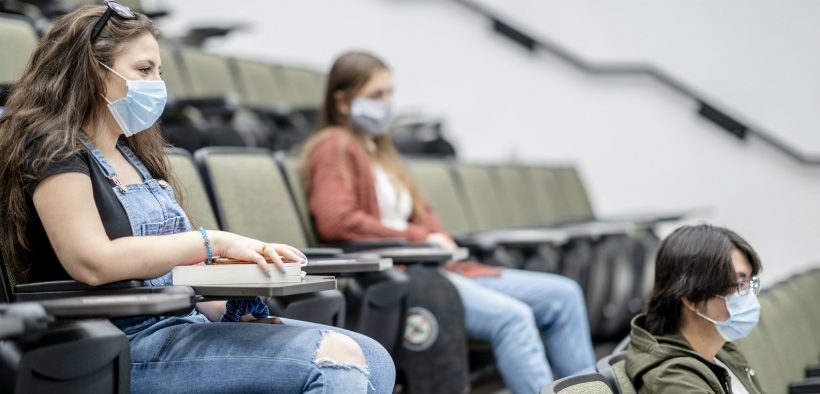Every day of the past year or so seems to echo the refrain of “unprecedented.”
It’s been a time both slow and fast, boring and frantic. I also used the time to reflect on my work as an academic and who I want to be in academia. Many of the choices I made early in the pandemic were borne out of survival (for both me and my students). But what I came to realize was that slowing the pace allowed me to be the teacher and person I actually want to be. For instance, when we first pivoted to online learning, I slowed the pace of all my classes, dropped some assignments, and focused on meaningful connections with my students and with the material. I was flexible. I was kind. I was present.
Pandemic Lessons: Connect More and Hustle Less

Related Articles
I have two loves: teaching and learning. Although I love them for different reasons, I’ve been passionate about...
Active learning is a mostly meaningless educational buzzword. It’s a feel-good, intuitively popular term that indicates concern for...
Perhaps the earliest introduction a student has with a course is the syllabus as it’s generally the first...
Generative AI allows instructors to create interactive, self-directed review activities for their courses. The beauty of these activities...
I’ve often felt that a teacher’s life is suspended, Janus-like, between past experiences and future hopes; it’s only...
I teach first-year writing at a small liberal arts college, and on the first day of class, I...
Proponents of rubrics champion them as a means of ensuring consistency in grading, not only between students within...







